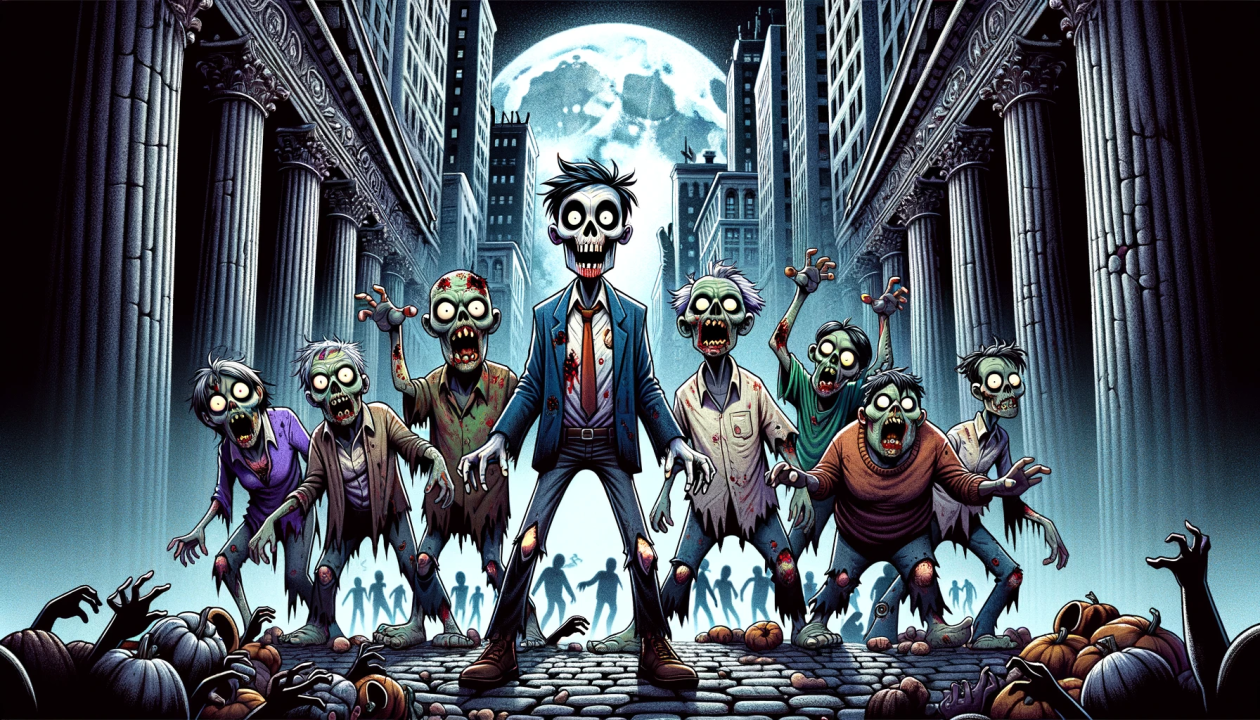Already two years ago, the Straterix analysis showed that the economic environment at that time carried a high risk of stagflation – a combination of inflation and stagnant growth – which hasn’t been experienced in 40 years. Then we were quite lonely making this claim.
Today however, we’re in good company as other leading financial professionals also see this risk approaching.
In the past 4 years, we saw various types of global, geopolitical and macroeconomic shocks piling up one after another.
“The age of the benign risk environment is over for the foreseeable future…”
Rapidly developing technologies have contributed to the instantaneous spread of information and enabled immediate reaction which has caused some unprecedented consequences, such as $42B of deposits leaving a bank (SVB) in a single day.
Machine Learning (ML) helps to analyze the data while AI enables human-led, tech-powered adaptation to the constantly changing environment.
Our analysis allows our clients to discover what exactly a particular institution should be prepared for. If your main exposure is in consumer mortgages, then it’s not just stagflation but also a prolonged inverted yield curve that you should be focusing on. The US didn’t have an inverted yield curve for a very long period of time. However, in the U.K. this was the case 40% of the time over the past 40 years and it lasted 4-5 years each time.
Based on data available prior to respective bank failure, we have shown that
· SVB should have watched VC markets closely and any kind of shocks (like crypto collapse) that can cause their plunge.
· Republic First should have paid attention to BBB yields and a change in correlation between the underlying risk-free rates and credit spreads.
· NYCB is ok though it should watch NY home prices more than the overall CRE levels that most financial analysts out there are focusing on.
There are currently worrisome signals from all directions: unrealized losses and deteriorating CAMELS ratings. Besides stagflation, commercial real estate (CRE) is on everyone’s mind as a ripple effect of COVID as remote or hybrid work environment keeps gaining popularity. We have discussed the CRE concentrations in commercial banks that is hard to diversify but it wouldn’t necessarily be the main reason for a bank’s collapse. As for the large banks, they are assumed to be well diversified but in reality they might have much bigger CRE exposures hidden in their complicated balance sheets.
The bottom line is that every bank must identify their specific risks, potentially hidden concentrated exposures and proactively mitigate them.
As a recent NY Fed report analyzing recent bank failures has shown; banks that survived a run did so by borrowing new funds and then raising deposit rates, not by selling liquid securities. The former represents the proactive identification of a problem and executing mitigation plans, while the latter is a post-fact desperate action that rarely fixes anything.
________________
Alla Gil is co-founder and CEO of Straterix, which provides unique scenario tools for strategic planning and risk management. Prior to forming Straterix, Gil was the global head of Strategic Advisory at Goldman Sachs, Citigroup, and Nomura, where she advised financial institutions and corporations on stress testing, economic capital, ALM, long-term risk projections and optimal capital allocation.
Linkedin: Stagflation Risk is on the Rise – AND – It’s Not Coming Alone
